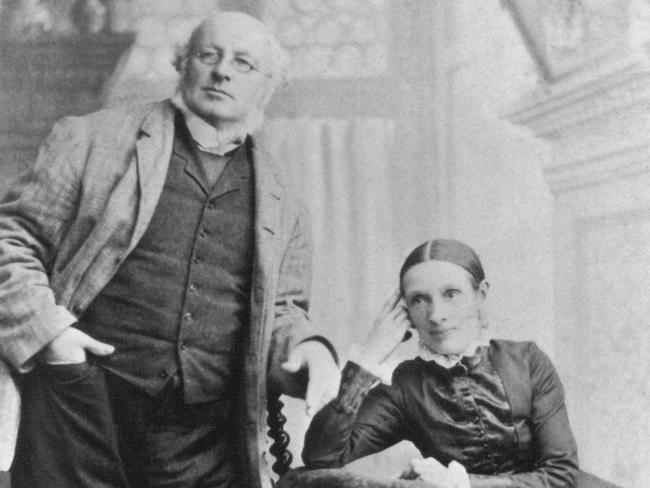Mitch Matters: Portsea and the profound tragedy of the Ticonderoga
Columnist Peter Mitchell writes about Victoria’s first permanent quarantine station at Portsea and its baptism of fire.

South East
Don't miss out on the headlines from South East . Followed categories will be added to My News.
It was, at the time, the biggest story to hit the Mornington Peninsula.
In the early 1850s, when word rapidly spread around the world gold had been discovered in Victoria, Australia, people couldn’t get here quickly enough.
And if anyone was intent on discovering their fortune by travelling from the other side of the planet, there was only one way they could do it — by ship.
These trips were fraught with danger and there was no guarantee anyone was going to make it to the promised land.
Authorities knew with the influx of huge numbers of immigrants to Port Phillip they had to control the importation and spread of infectious diseases.
Quarantine had always been considered one of the most effective ways of doing this and it became obvious a new and more isolated quarantine station had to be established for the Colony.
At the place that was to become Portsea, Point Nepean was chosen as the ideal site as it was isolated, secure, easily supplied with necessities and accessible to shipping.
It was the first permanent quarantine station in Victoria and operated continuously from 1852 until 1879.
But it had a baptism of fire.
Before the government’s plans for Point Nepean had progressed very far, an eerie arrival spooked them into action.
In November 1852, a ship called Ticonderoga limped through Port Phillip Heads and took anchor in the Bay.
The American-built four-masted clipper had been described as one of the most beautiful ships in the world when it departed Liverpool in England, bound for Port Phillip.
On board the double-decker ship were 48 crew and 714 passengers, many of them small children.
Most were from the Scottish Highlands, seeking a new life in Australia by taking advantage of the gold rush.
From the start, though, the trip was doomed.
Ticonderoga was overcrowded and held more than her recommended load.

The ship was not designed well for carrying passengers and sanitary provisions were totally inadequate.
The decks were never swabbed properly and astonishingly there was no cleaning undertaken below decks.
Halfway across the Indian Ocean, the lack of sanitation caused typhus to break out and it devastated the already weak passengers. Within a few days, a hundred of those on board had died.
The ship’s doctors were completely overwhelmed and they too caught the disease.
Bodies were bundled into mattresses 10 at a time and thrown overboard.
When the vessel limped through the heads, it was described as resembling a ghost ship.
The skipper of another ship that passed Ticonderoga at anchor sent word to Williamstown that conditions on board were appalling.
The ship reeked of a foul odour. It was the smell of death.
The quarantine station was now urgently needed.
Local lime-burners were hastily moved from their cottages to other properties and tents were also erected for the surviving passengers.
Tragically, many more of them died and were buried in the area.
Newspapers of the day were scathing about Ticonderoga’s sanitary conditions and the appalling loss of life.
MITCH MATTERS: REFLECTIONS ON PM STANLEY BRUCE
MITCH MATTERS: HIGHS AND LOWS OF MATTHEW FLINDERS’ LIFE
MITCH MATTERS: YOU JUST CAN’T BEAT A RED HILL APPLE
Before too long, double-decker ships were no longer used for transporting passengers.
The equivalent of a modern-day Royal Commission was established and its recommendations changed forever the way immigrants came to Australia.
Portsea played a big role in that, while Ticonderoga was wrecked off India in 1872.
Twitter: @Peter_Mitchell7
Instagram: @peter_mitchell7
Facebook: Peter Mitchell
